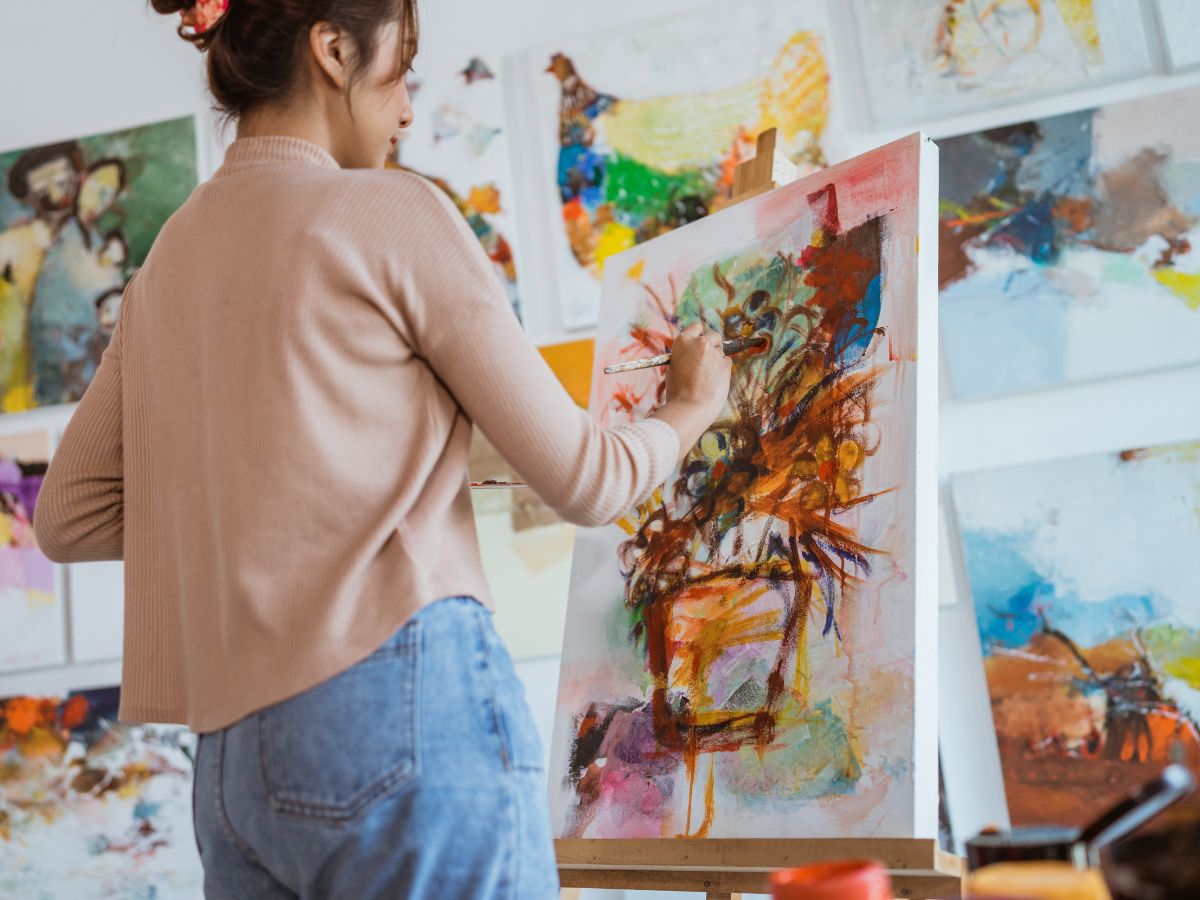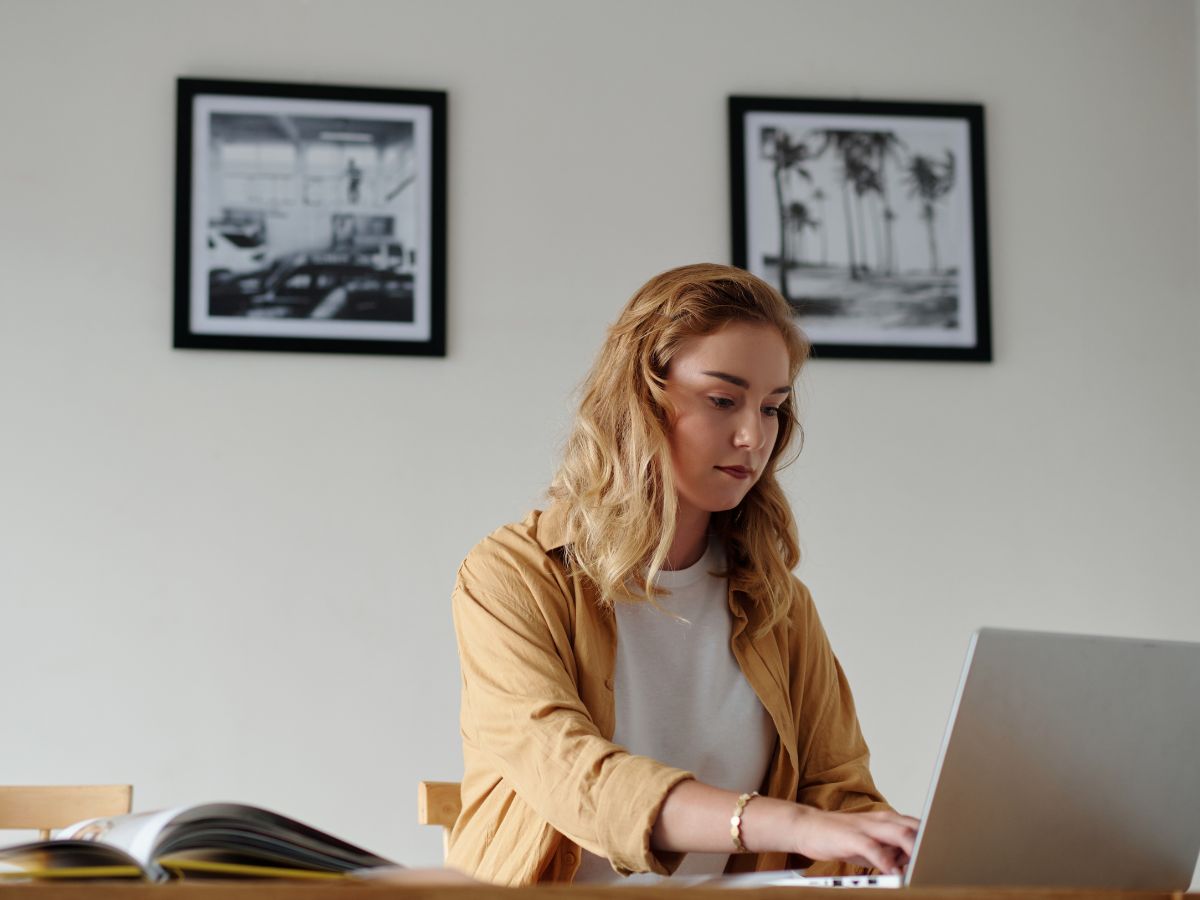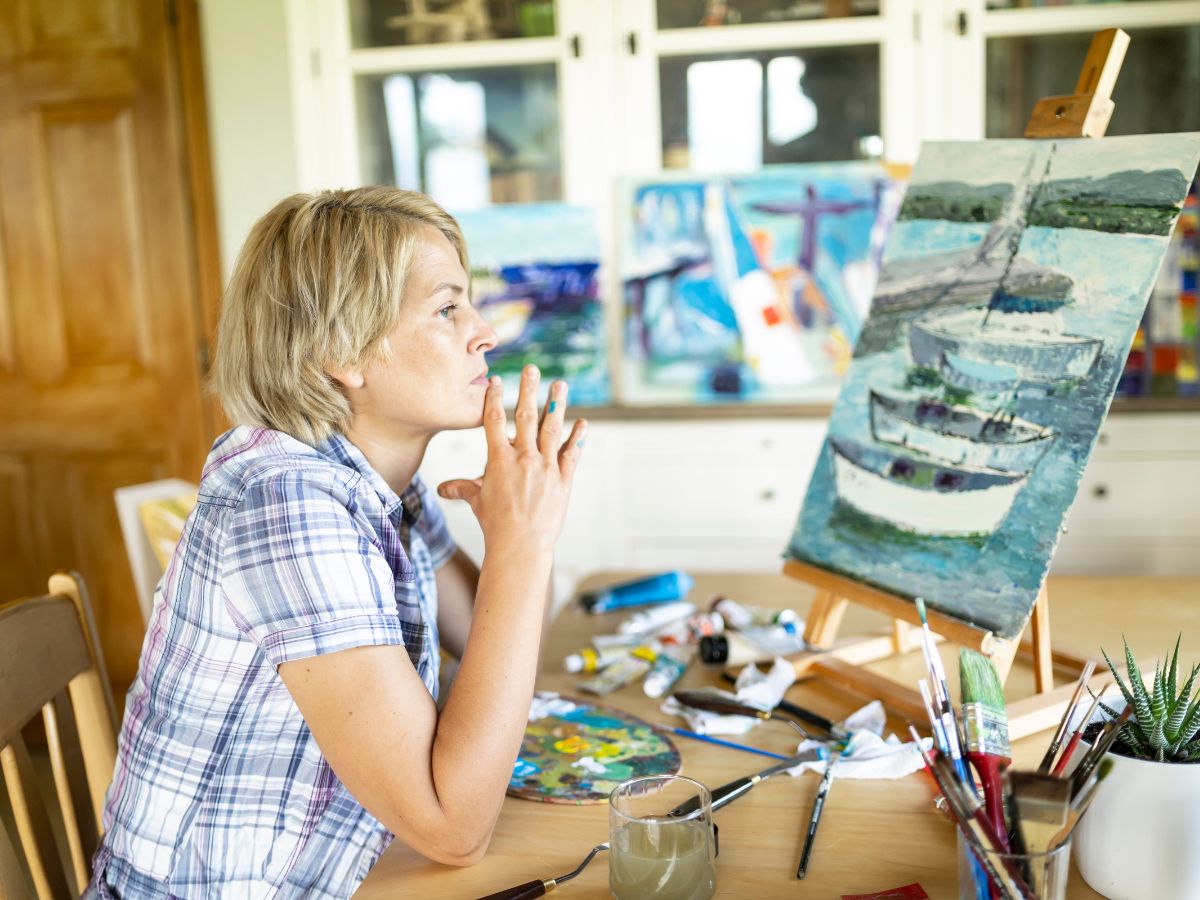
8 Tips on How to Collaborate with Leading Artists
Collaborating with famous or emerging artists can elevate your artistic career, boost creativity, and expand your audience. Here are practical steps to establish these valuable partnerships, along with insights and strategies from experienced professionals.








